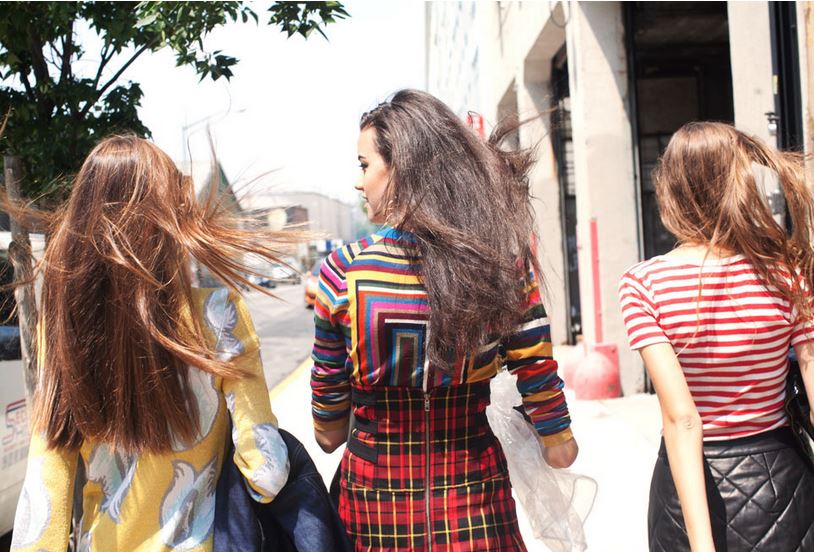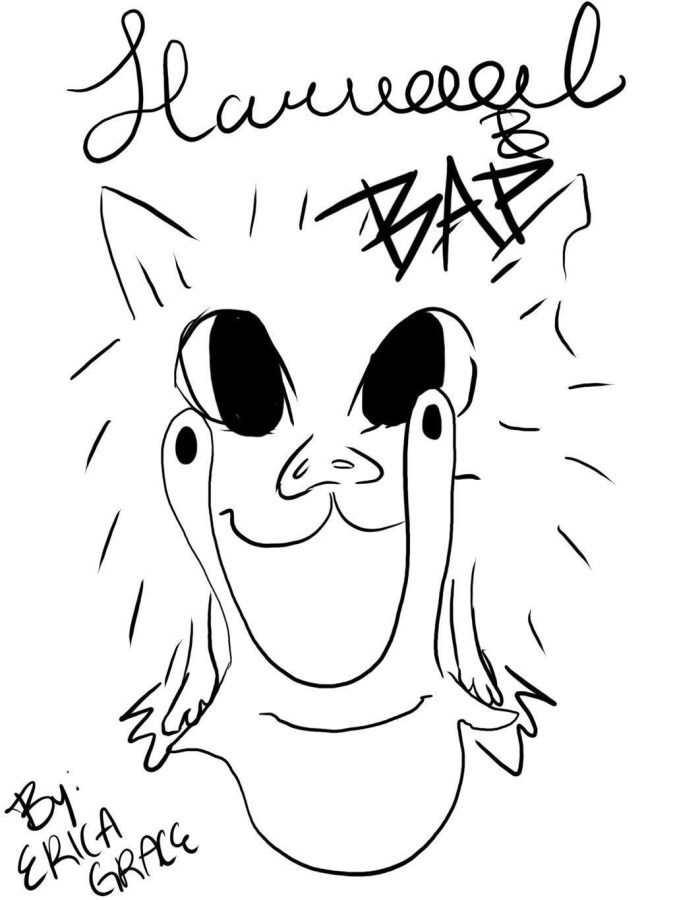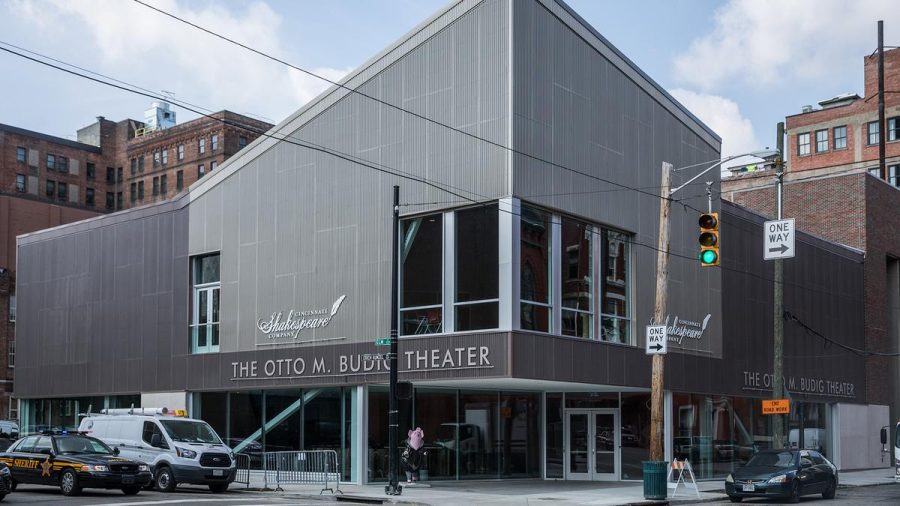By Margaret Hodson ’16, Perspectives Co Section Editor
Even the quality of Diggy Lloyd’s matte board is exceptional. The boards were made with acid-free paper, something the money-tight Country Day Photo Department cannot afford. Of course, the photo students were more focused on the stunning images than the boards which framed them. It was very exciting to receive a shipment of around 30 photographs from a professional photographer, and even more exciting to be entrusted with the task of curating an exhibit. This meant taking the images, which ranged from abstract black-and-white pieces and colorful editorial work, and deciding where and how to hang them. This curatorial experience was made possible by Diggy Lloyd, ’06, who has made a name for herself in the photography industry.
Before Diggy Lloyd was Diggy Lloyd, she was Upper School student Megan Hunt. Although named Megan by birth, Ms. Lloyd was nicknamed “Ducky” in middle school after the dinosaur in The Land Before Time. Eventually, Ducky morphed into Diggy and the name stuck. Add in Diggy’s middle name, Lloyd, and you have a name as creative as the photographer herself. Although Diggy’s name is still officially Megan Hunt, it’s Diggy Lloyd for all practical and professional purposes.
Ms. Lloyd didn’t know photography was her calling when she signed up to take Photo I. When she stepped into the course taught by Ms. Lichty-Smith, she had no prior experience with the medium. Ms. Lloyd explained, “I first took a photo class here because my grades were so bad I had to be in study hall, but I wanted to get out of study hall.” The administration told her taking an art elective would be a get-out-of-study-hall-free card, so she signed up for the only class open: Photo I. Speaking of this experience, she joked, “By default, it kind of picked me.” After taking the class, Diggy knew immediately that photography was her calling. She explained, “The second I first did it, I knew. I was like ‘This is it.’”
Ms. Lloyd continued with the photo program at Country Day, especially enjoying the experience of working in the darkroom. Speaking of the darkroom, she noted, “To have a darkroom to go to, to have all those assets that even some colleges don’t have anymore is pretty cool… to have it at such a young age and have it be so available is really cool.” Another fond memory from high school is the photo-printing parties Ms. Lichty-Smith would hold on Friday nights.
One seminal experience in Ms. Lloyd’s development as a photographer was an intensive two-week workshop hosted by Mary Ellen Mark in Mexico. She first met Mary Ellen when she lectured at Country Day through the Focus program. Ms. Lloyd attended the workshop as a senior, a program that gave her a solid understanding of the basics. After graduating from high school, Ms. Lloyd attended Parsons The New School for Design to hone her craft.
Parsons is direct entry, which means students are required to declare their major even before school starts. Even though Ms. Lloyd knew she wanted to be a professional photographer, it was still a nerve-wracking decision to make as an eighteen year-old. At Parsons she perfected her craft while learning other skills like etching, sculpting, and typography. Her senior thesis, a series of nudes, was featured as a solo exhibit in New York.
After graduating from Parsons, Ms. Lloyd had the invaluable experience of working with world-renown photographer Annie Leibovitz. Mrs. Leibovitz taught Ms. Lloyd the importance of making a personal connection with the subject matter. Ms. Lloyd explained, ““…one thing that I learned a lot from Annie [Leibovitz] is that you really have to study who you’re shooting…way beforehand. So you can walk in, and in two minutes know exactly what to do.” Ms. Lloyd further explained that Mrs. Leibovitz would do extensive background research on her subjects before the shoot, including watching, listening to, or reading their entire body of work. This immense amount of preparatory work helped make the subject matter feel comfortable, and helped to establish a personal connection. Ms. Lloyd has found this technique works quite well, especially for editorial work. One example is picture she took of Shane Smith, co-founder of VICE Media. Ms. Lloyd had only two minutes to take the picture, so thorough preparation was extremely important.
When Ms. Lloyd first started looking for jobs, she didn’t have any studio work in her portfolio. Most her her pictures were very candid, real-life shots—but she kept booking jobs for commercial studio work. At first she was surprised but her agent explained that the clients saw the life in her candid photos, and wanted that for their editorials. She considers studio work to be the most difficult part of photography, and works hard to balance the demands of the client with her own personal aesthetic. One major tenet of her photography philosophy is that a good picture should make you ask, “What happened?” She also believes that it can be important to walk away from work and come back to it, but admits this is difficult because commercial work has a very quick turnaround time. For this reason, she uses mainly digital for her editorial work but continues to use film for more personal pictures.
One recent piece of editorial work was a 20 page spread in Paper Magazine. Some of these images were displayed in Messer Gallery, along with pieces of her more personal photography. Ms. Lloyd sent the students a wide variety of images, and she found the curation of her exhibit to be very interesting. She noted, “It’s so awesome to see other people’s perception of your work and see how they put it together.” For our part, the students greatly enjoyed both curating Ms. Lloyd’s work and speaking with her at the gallery’s closing on November 14th.
Photograph by Diggy Lloyd






